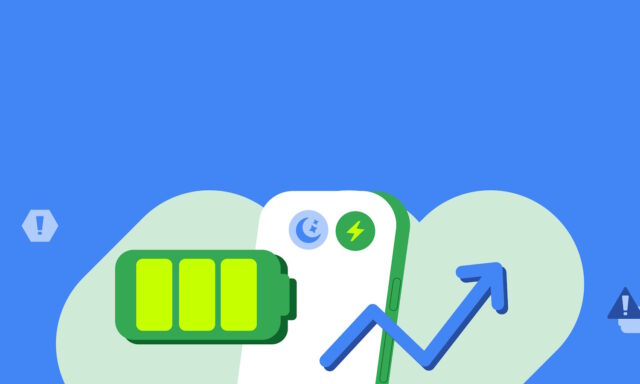Google will now warn about battery-hungry Android apps

There are many things to consider when installing apps, particularly if there are several similar titles vying for attention. As well as things like range of features, looks and performance speed, power usage is also important to users – and Google agrees.
The company is looking to help improve the overall experience for Android users by warning about apps which can be a drain on a device’s battery. More than this, Google is working to help developers to create apps which are more power-efficient.
Google has been testing new “technical quality metrics” for a little while, and has used the beta period to gather feedback. The company was moved to make improvements, it says, because “a great user experience is built on a foundation of strong technical performance”.
It expands on this, saying:
We are committed to helping you create stable, responsive, and efficient apps that users love. Excessive battery drain is top of mind for your users, and together, we are taking significant steps to help you build more power-efficient apps.
What Google is measuring here is going to be quite specific; it is not about pure battery usage in terms of what percentage an app eats from your phone. Rather this is ab out a certain kind of wake lock which can, over time, massively increase battery consumption.
In a blog post about the changes, Google says:
Earlier this year, we introduced a new beta metric in Android vitals, excessive partial wake locks, to help you identify and address sources of battery drain. This initial beta metric was co-developed in close collaboration with Samsung, combining their deep, real-world insights into user experience with battery consumption with Android's platform data.
We want to thank you for providing invaluable feedback during the beta period. Powered by your input and our continued collaboration with Samsung, we have further refined the algorithm to be even more accurate and representative. We are excited to announce that this refined metric is now generally available as a new core vitals metric to all developers in Android vitals.
The changes are kicking in pretty soon – early next year. Karan Jhavar, Product Manager for Android Frameworks, Dan Brown, Product Manager for Google Play, and Eric Brenner, Software Engineer for Google Play explains to developers:
We have defined a bad behavior threshold for excessive wake locks. Starting March 1, 2026, if your title does not meet this quality threshold, we may exclude the title from prominent discovery surfaces such as recommendations. In some cases, we may display a warning on your store listing to indicate to users that your app may cause excessive battery drain.
Apps which are deemed problematic will be downgraded by Google and will appear lower of Play Store listings. Providing guidance, Google says:
Apps can hold wake locks to prevent the user's device from entering sleep mode, letting the apps perform background work while the screen is off.
We consider a user session excessive if it holds more than 2 cumulative hours of non-exempt wake locks in a 24 hour period. These excessive sessions are a heavy contributor to battery drain. A wake lock is exempted if it is a system held wake lock that offers clear user benefits that cannot be further optimized, such as audio playback or user-initiated data transfer.
The bad behaviour threshold is crossed when 5% of an app’s user sessions over the last 28 days are excessive. If your app exceeds this threshold, you will be alerted directly on your Android vitals overview page. You can read more information about our definition on the Android Developer pages.
More information is available here.
